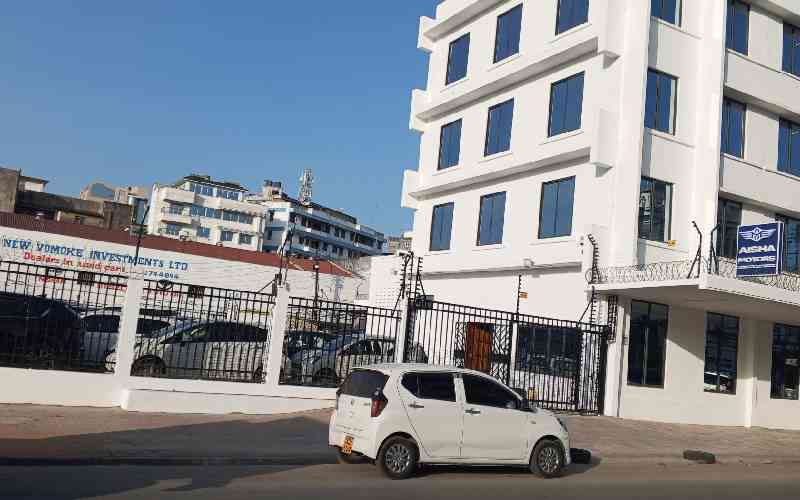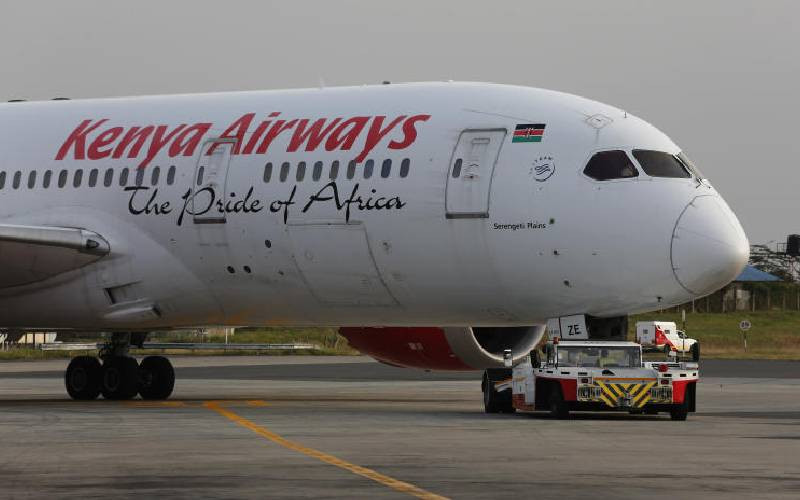×
The Standard e-Paper
Kenya’s Boldest Voice
Just six kilometres from the noisy Nairobi City Centre is the tranquil Karura Forest that has survived thirsty city developers and become a tourist site, writes PETER MUIRURI
Muthaiga, Gigiri and Runda conjure up images of tranquillity hence the connotation as the leafy suburbs of Nairobi. Though the areas are known more for the good living, they also neighbour some of the best nature trails in the city, thanks to the nearby Karura Forest.








